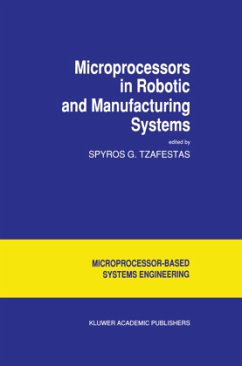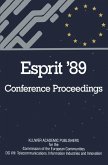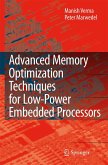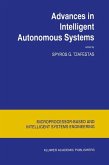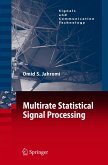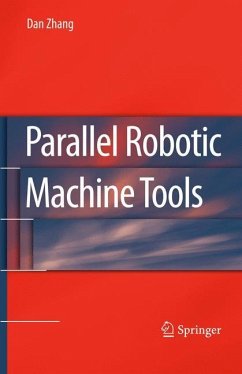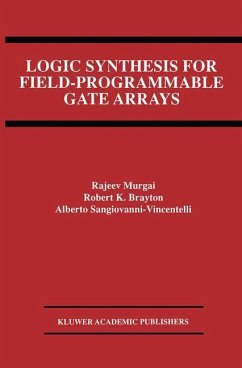Microprocessors play a dominant role in computer technology and have contributed uniquely in the development of many new concepts and design techniques for modem industrial systems. This contribution is excessively high in the area of robotic and manufacturing systems. However, it is the editor's feeling that a reference book describing this contribution in a cohesive way and covering the major hardware and software issues is lacking. The purpose of this book is exactly to fill in this gap through the collection and presentation of the experience of a number of experts and professionals working in different academic and industrial environments. The book is divided in three parts. Part 1 involves the first four chapters and deals with the utilization of microprocessors and digital signal processors ( DSPs ) for the computation of robot dynamics. The emphasis here is on parallel computation with particular problems attacked being task granularity, task allocation/scheduling and communication issues. Chapter I, by Zheng and Hemami, is concerned with the real-time multiprocessor computation of torques in robot control systems via the Newton-Euler equations. This reduces substantially the height of the evaluation tree which leads to more effective parallel processing. Chapter 2, by D'Hollander, examines thoroughly the automatic scheduling of the Newton-Euler inverse dynamic equations. The automatic program decomposition and scheduling techniques developed are embedded in a tool used to generate multiprocessor schedules from a high-level language program.

